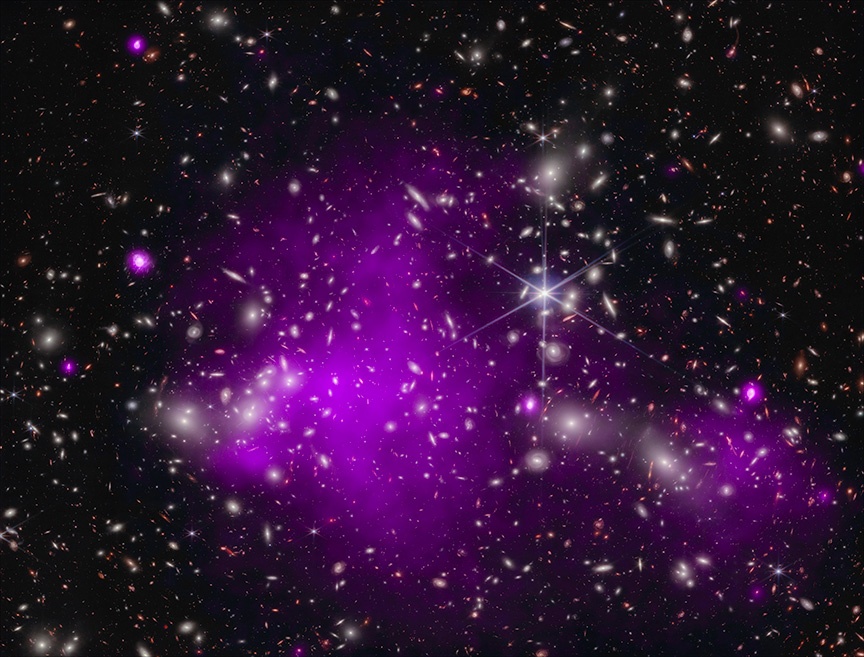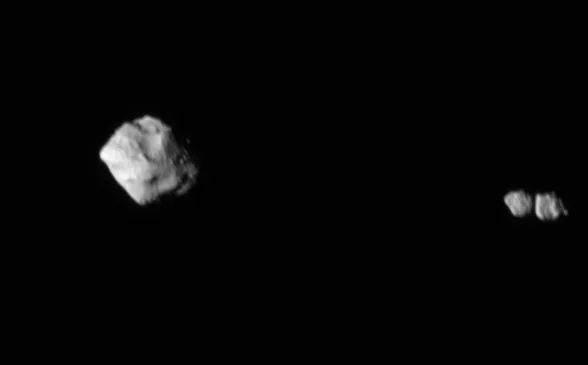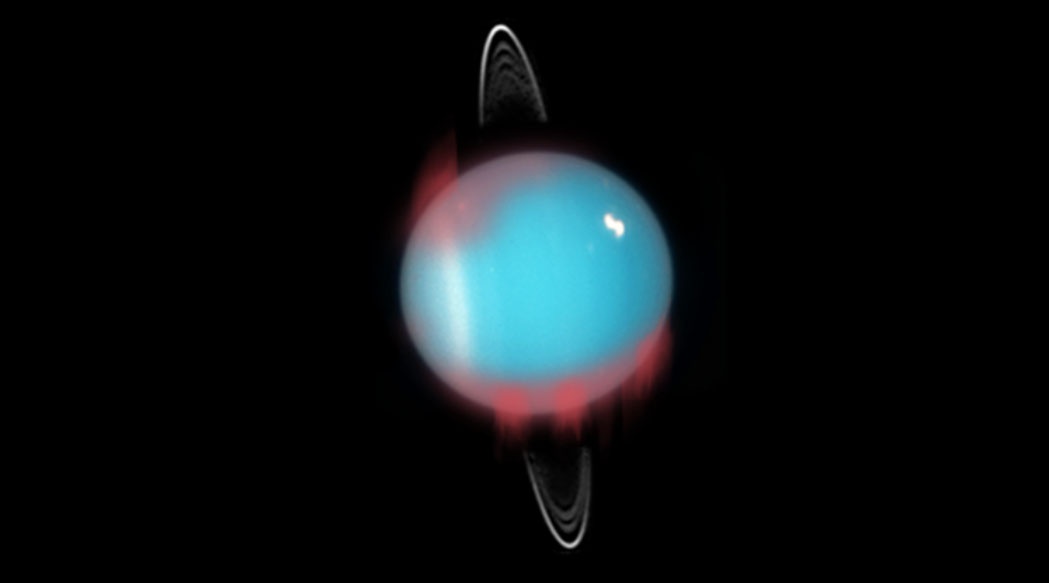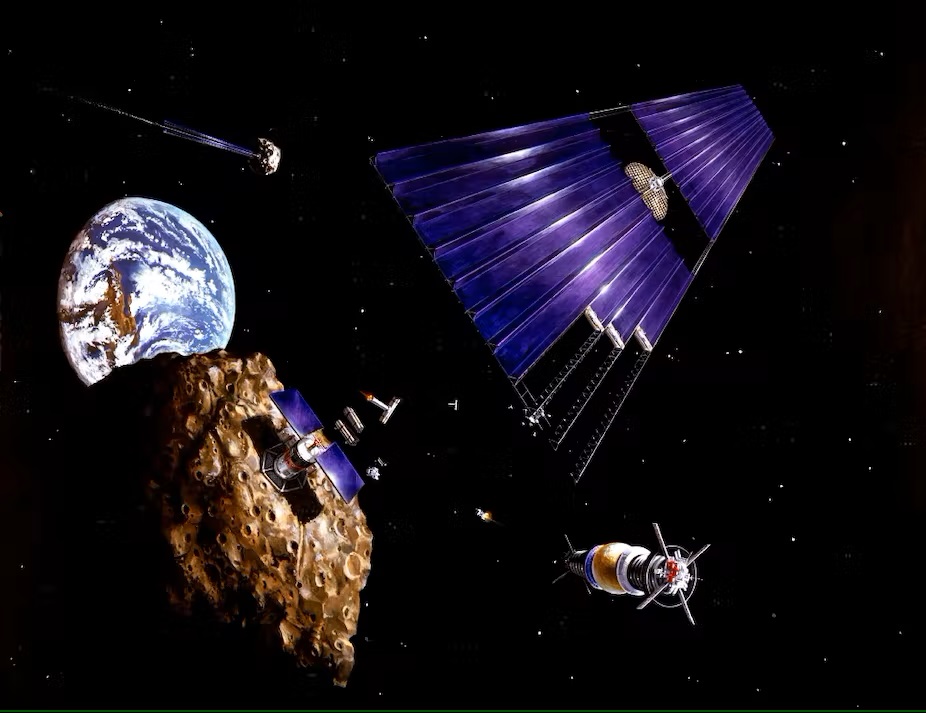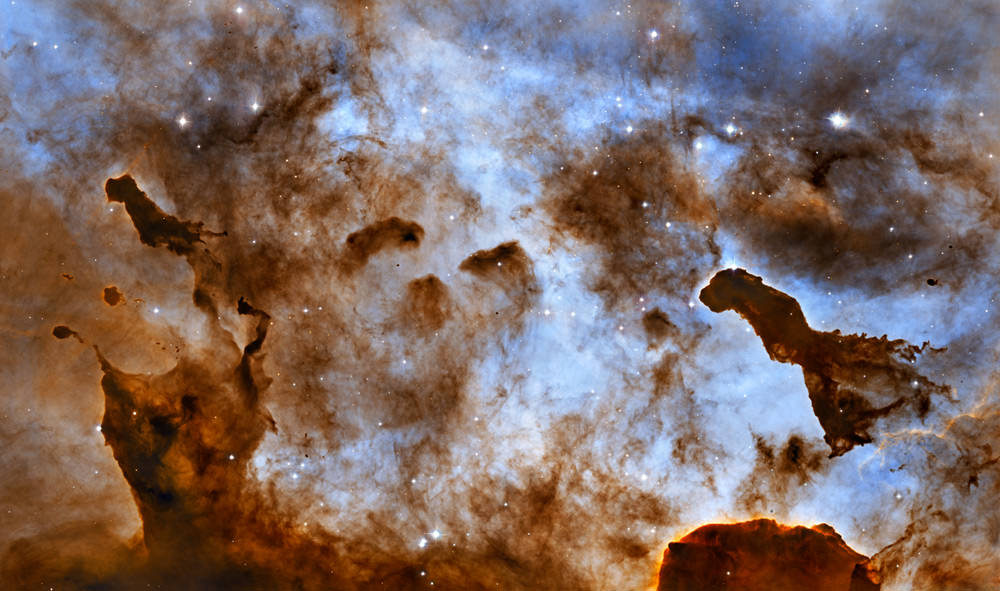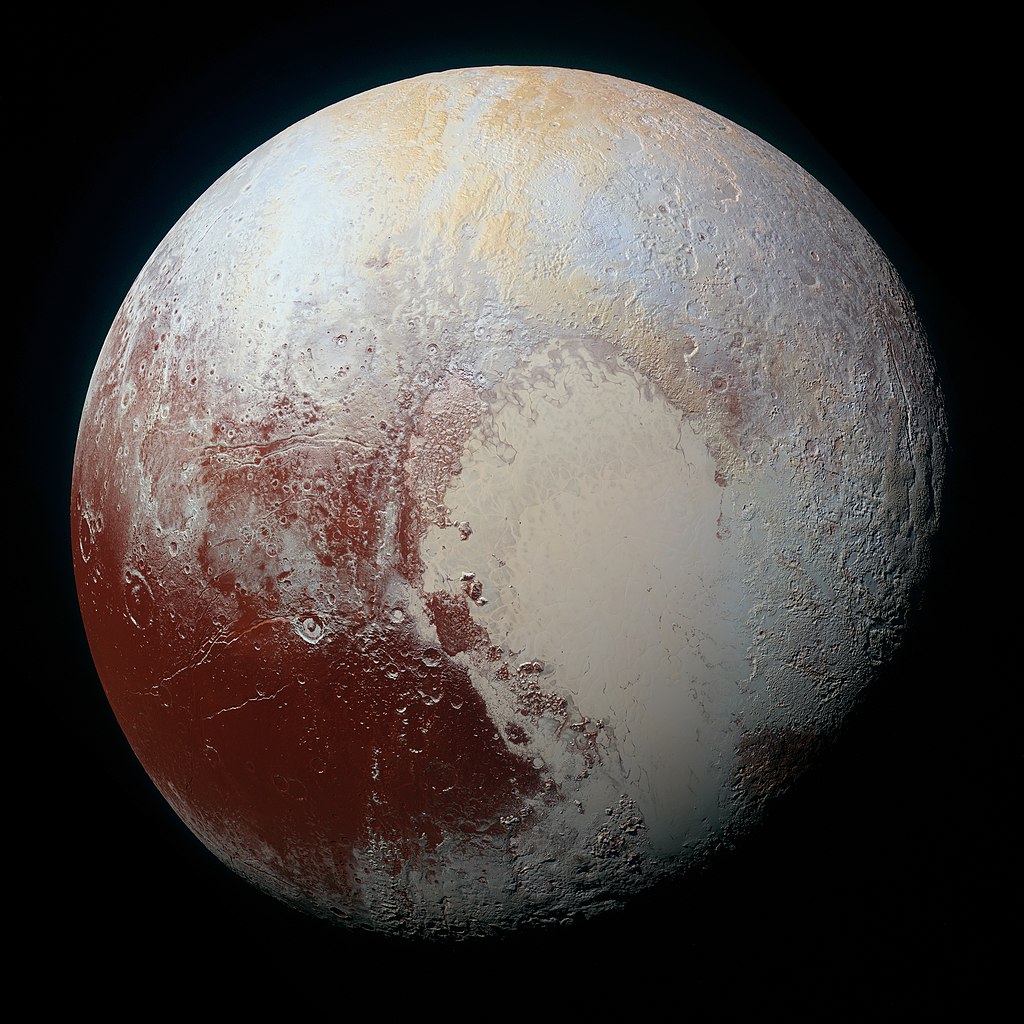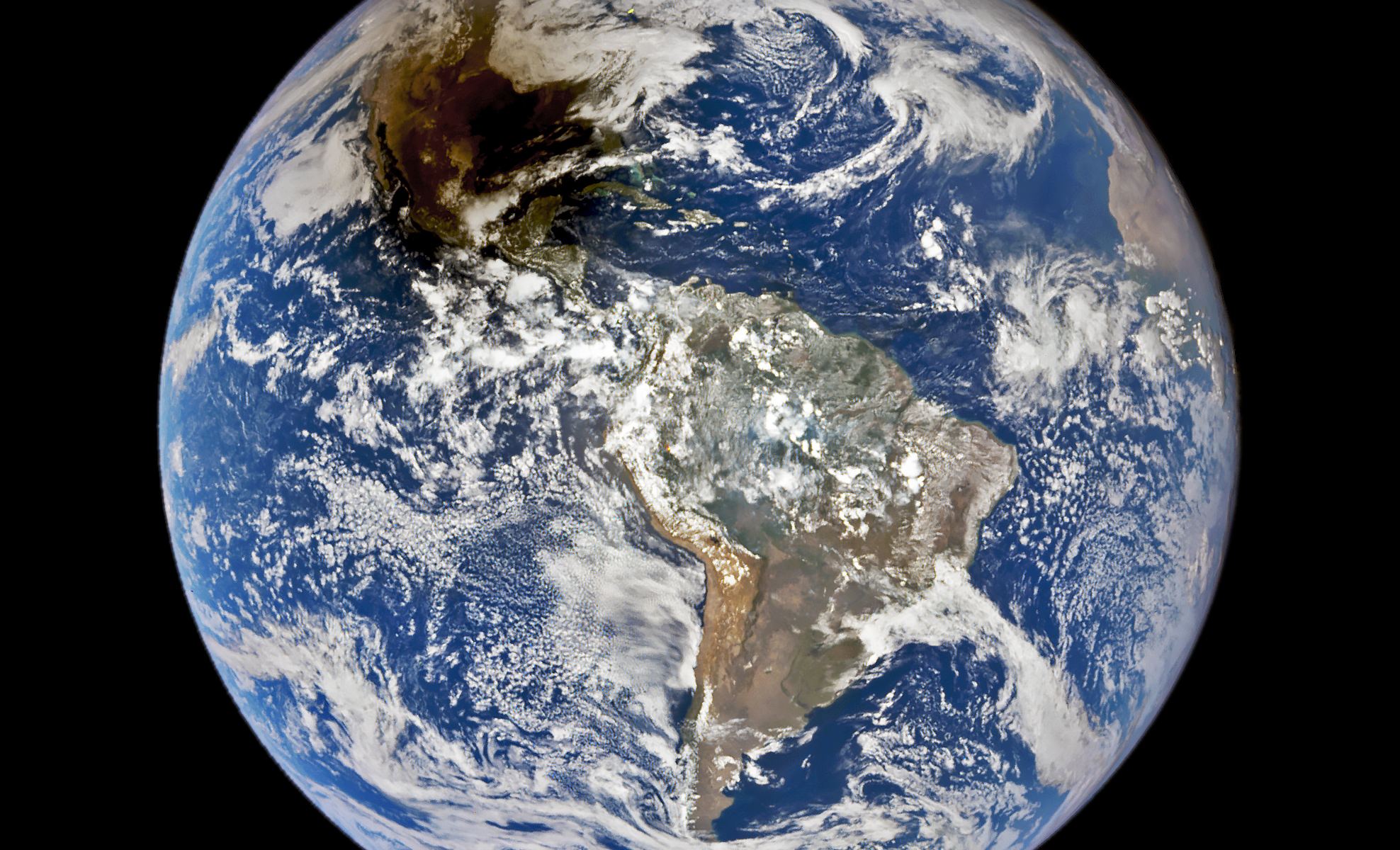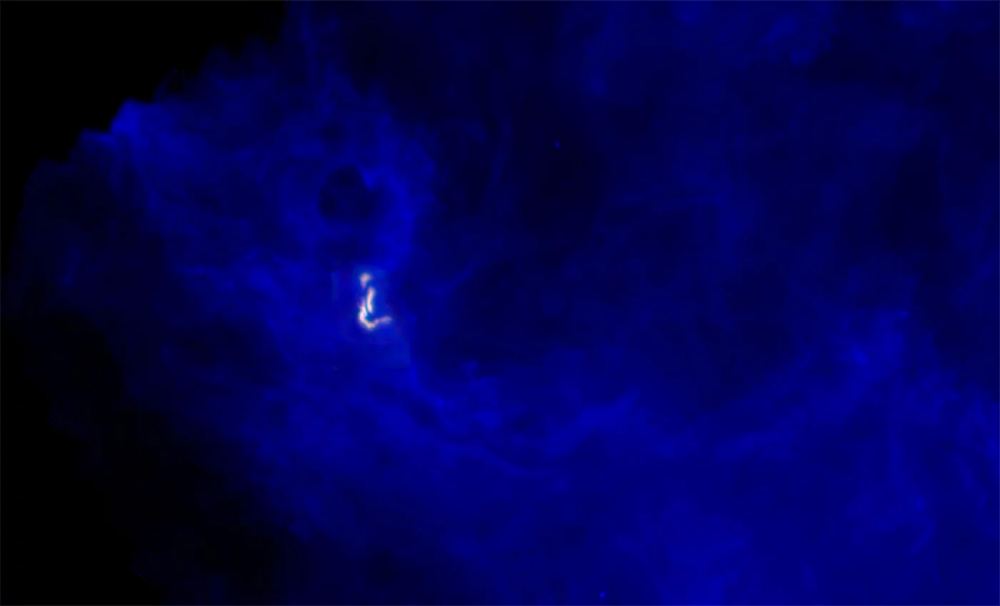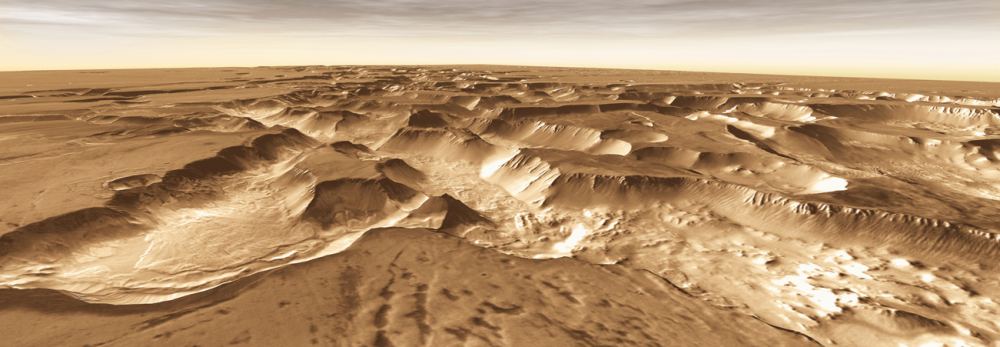One of the big questions in cosmology asks when black holes first showed up in the early Universe. Recently astronomers discovered the most distant (and therefore earliest) supermassive black hole ever seen. It appears as it did when the Universe was only 470 million years old.
Continue reading “Growing Black Hole Seen Only 470 Million Years After the Big Bang”Growing Black Hole Seen Only 470 Million Years After the Big Bang
